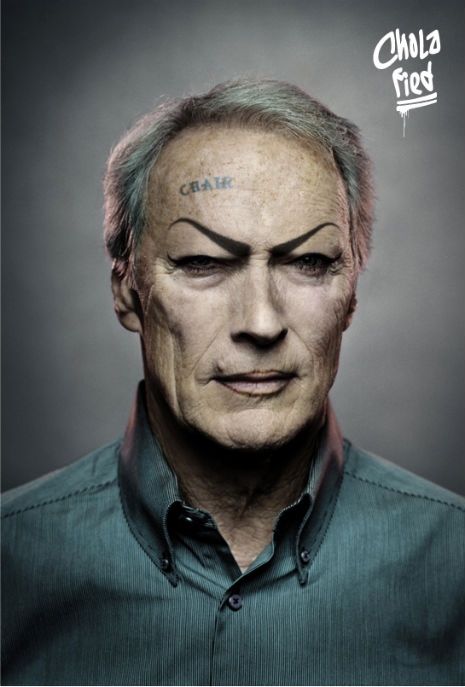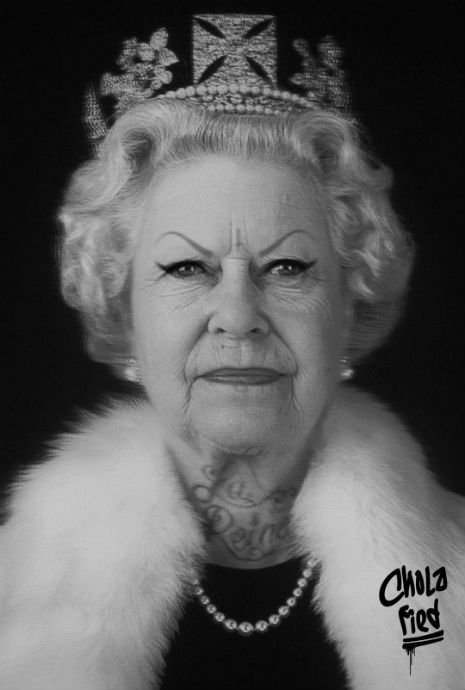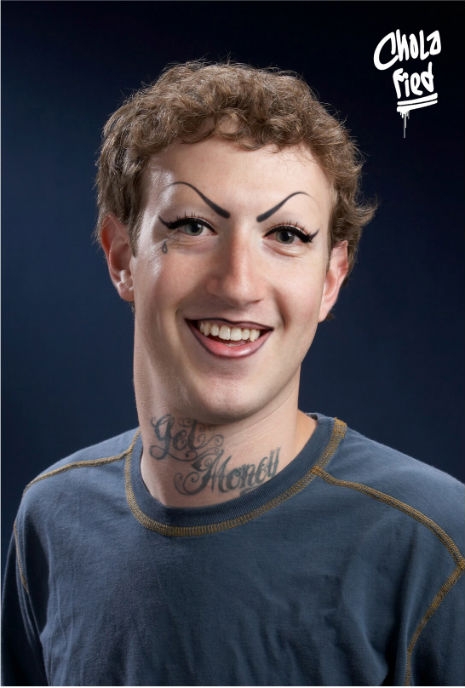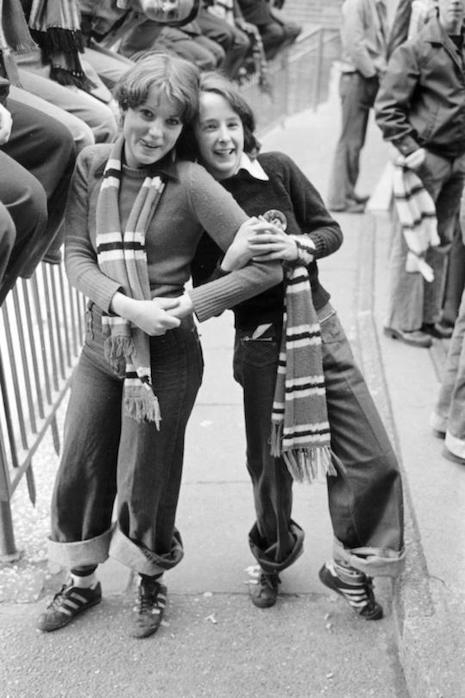
In the 1970s, British soccer had a bad reputation. It had a rap sheet full of gang fights, stabbings, riots, and murder. Football fans were labeled hooligans. Thugs who, according to some newspaper editors, were on the verge of taking over the streets and destroying society. No one was safe.
Most weeks the tabloids churned out tales of some aggro outside a stadium. The red tops were peddling fear. The public bought it. Once the news starts reporting on something, it becomes real.
These gang fights between rival soccer fans were mixed in with tales of skinheads, bovver boys, razor gangs, and thugs who dressed like Alex and his droogs from A Clockwork Orange out for a little bit of ye old ultra-violence. There was truth in the stories, but soccer violence wasn’t as widespread as often reported. Certain clubs attracted gangs who were more interested in a punch-up on a Saturday afternoon than watching the “beautiful game.”
To put it context, these were kids who had missed the mythical nirvana of sixties excess. The sex, drugs and so-called revolution of the swinging sixties only applied to about a few dozen people who were rich and famous and living in London. For everybody else, the sixties were dire, poverty-ridden, and filmed in black-and-white. Only American TV shows like The Man From U.N.C.L.E., Batman, and Lost in Space gave any hint there might be a better, more colorful world out there.
When the seventies arrived, for most of the public it was like suffering the biggest hangover after a party to which you had never been invited. Unemployment was on the up. Strikes were almost every week. Power blackouts meant kids lived by candlelight on whatever their mothers could spoon out of a tin. Under the new Tory Prime Minister Edward Heath, a pompous condescending charlatan, politics was being removed from the grubby hands of the working class. Politicians despised the populace. Heath signed up to Europe and the world of white middle class technocrats and academics who would attempt to disenfranchise the working class and their so-called ignorant opinions over the coming decades.
The press were happy to go along with this. They tarred youngsters as ne’er-do-wells, thugs, hooligans, filthy little fuckers who should be sent into the army. Pop fans were deluded. Soccer fans were thugs waiting to kick your fucking head in.
Most of the people who thought this—politicians, journalists, religious leaders—wanted to crush the young. These people were mainly middle-aged ex-soldiers who had fought in the Second World War and returned to a country impoverished, in ruin, and held captive by rationing. The seventies soccer fan represented everything they feared—thuggish mobs ready for violence who if they were ever smart enough to get together might one day topple the establishment. Fat chance.
This was one way of looking at it. The other was how the fans saw it. Soccer was a release. A pleasure to be shared with passion. Something that made youngsters feel part of a community. Fans created their own fashions. Decked their clothes with players’ names, managers, and their club crests. They had their own beliefs. And their politics changed from xenophobic and racist to becoming supportive and champions of multi-ethnicity. White working class football fans had more friends from different ethnicities than any white male government or media broadcaster or board of directors.
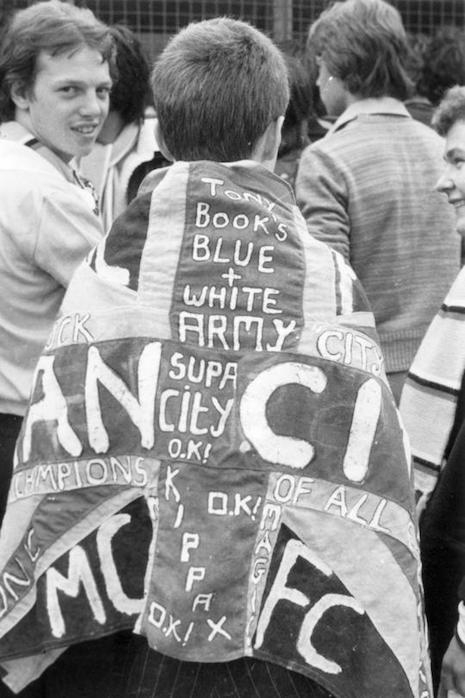
Between 1976-1977, Edinburgh-born photographer Iain S. P. Reid documented fans of Manchester United and Manchester City. Reid had graduated in Fine Arts from Sunderland University. He then moved to Manchester where he was studying for his Masters in Fine Art when he picked up his Leica camera and started photographing the two sets of rival fans.
In 1978, an exhibition of his work was held at the Frontline Books, Piccadilly, Manchester. In his introduction to this exhibition, Reid wrote:
I worked on a series of portraits of football supporters. I was given a grant by the Arts Council to facilitate this project. As can be imagined, this caused a minor furore in the local Manchester press. I was infamous for a while. Most of the work was exhibited in 1978 in the Frontline bookshop, 1 Newton Street, Piccadilly.
The chief interest in the whole body of work was the way in which the football supporters of Manchester United and Manchester City used to dress and treat the whole match as if it were a carnival. Despite all press reports, there was very little violence, and the fans I found most helpful in assisting with the project. They were always aware of the angle I was taking with the work. I carried around copies of the photos I was going to be using to show them I was not exploiting them by misrepresenting them in any way.
In the late seventies, Reid moved to Aberdeen, Scotland, where he worked on an oil platform. He then became a social worker. He had a passion for helping others and spent his time working with drug addicts and the homeless.
Reid died in November 2000 from cancer. After his death, boxes of his photographs were discovered. These are now shared via a Facebook page, are available as art prints, and will be published in a book with 15% of profits going to a cancer charity. Reid’s photographs capture more of the joy and camaraderie of seventies’ football fans than all the tales of violence peddled by the media. See more of Reid’s work here.
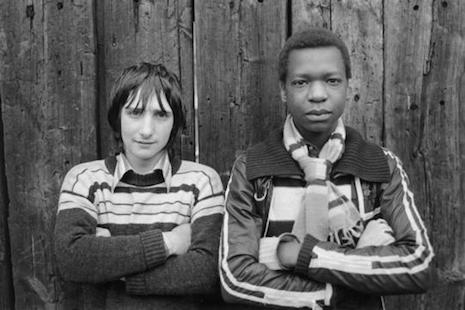
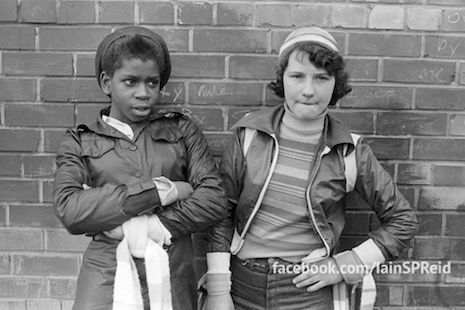
See more of Iain S. P. Reid’s work, after the jump…







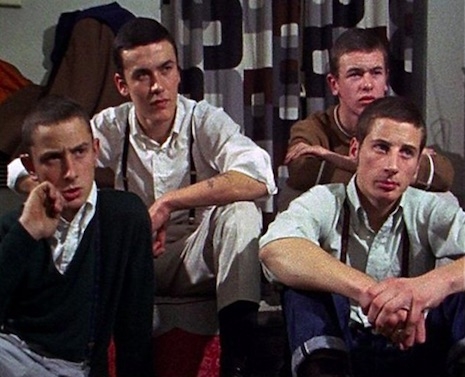


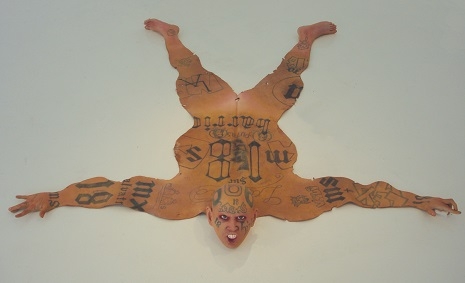

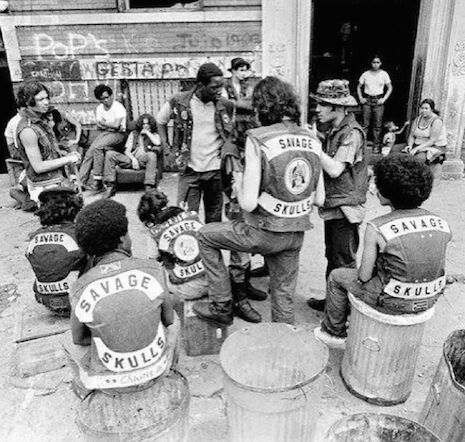

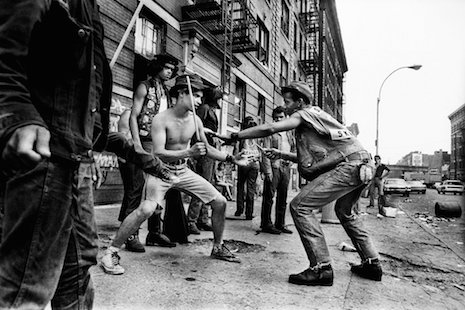

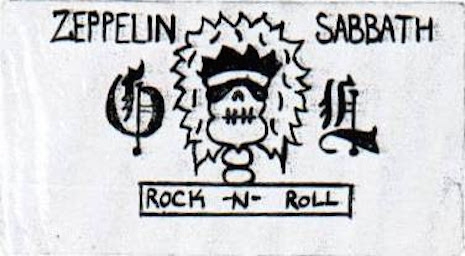

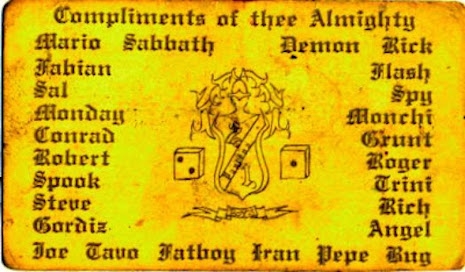

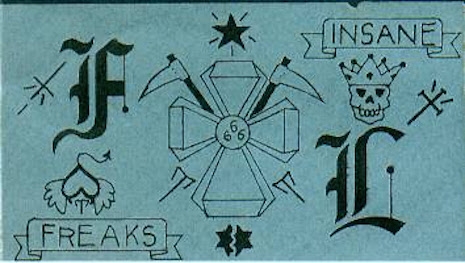

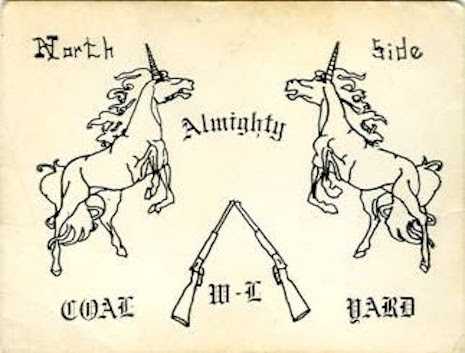

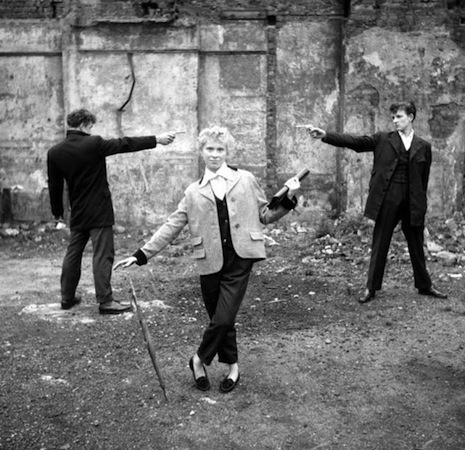
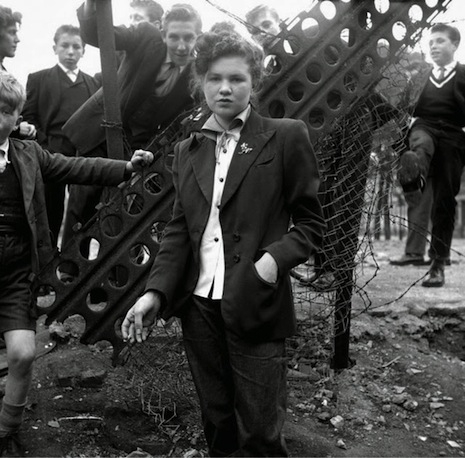


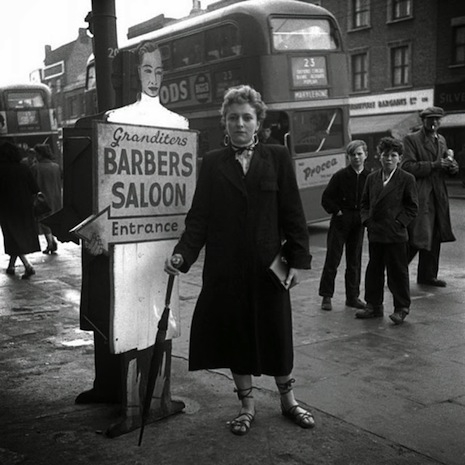
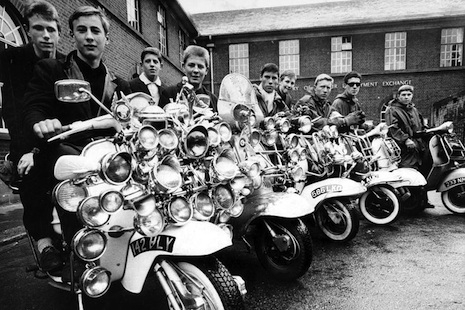
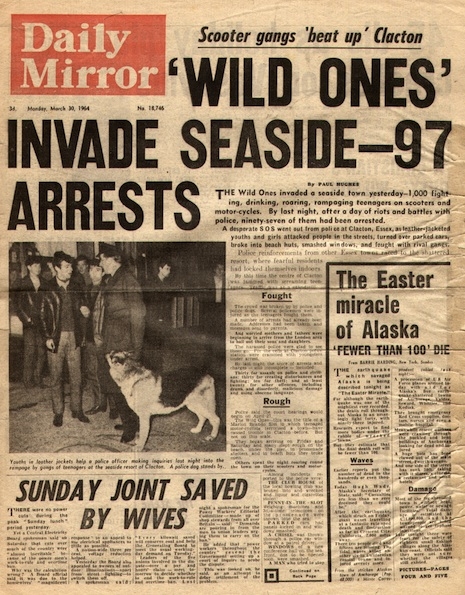
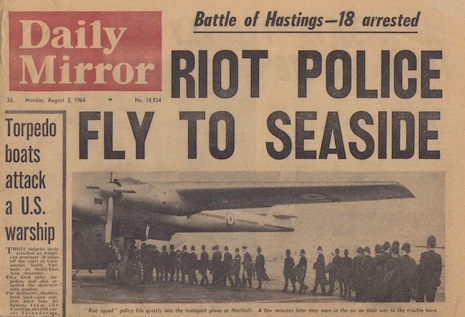

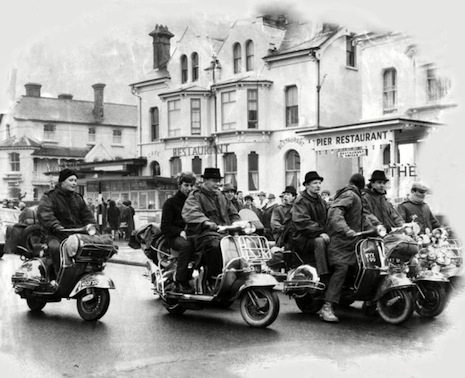


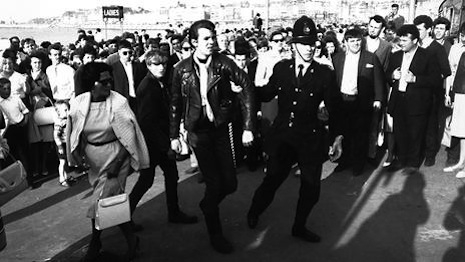
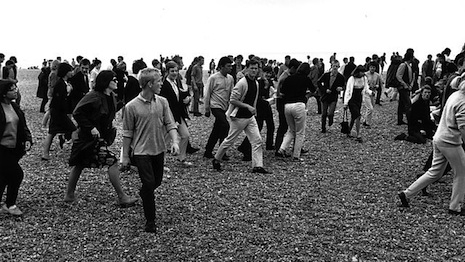
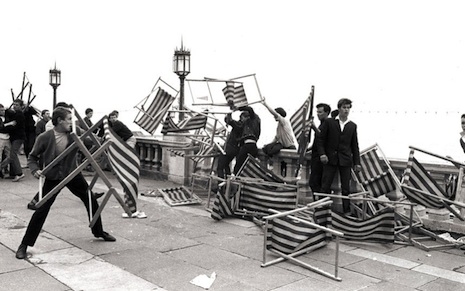
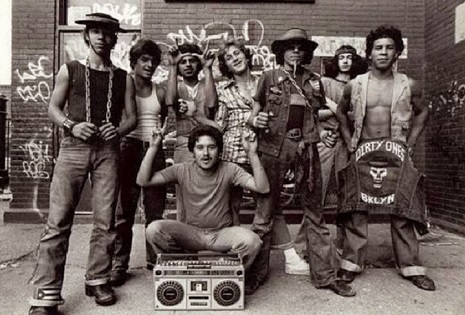
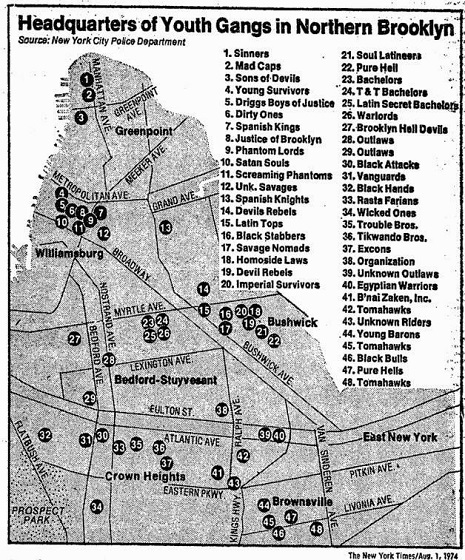

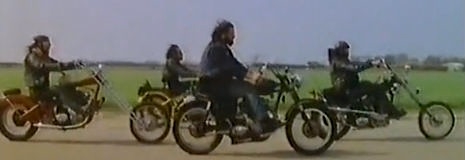
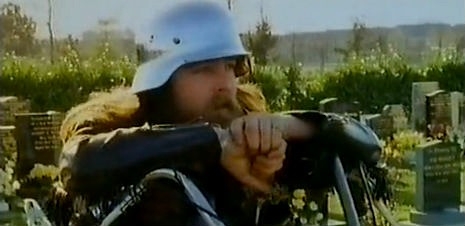
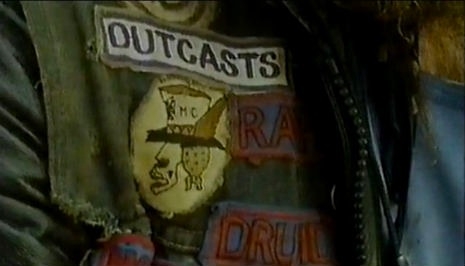
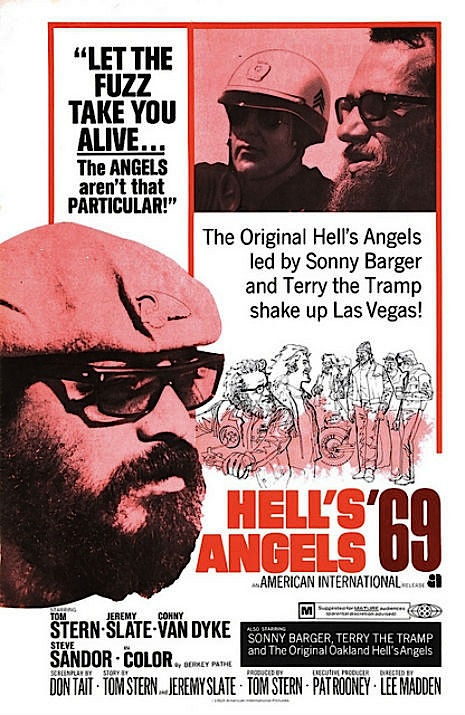
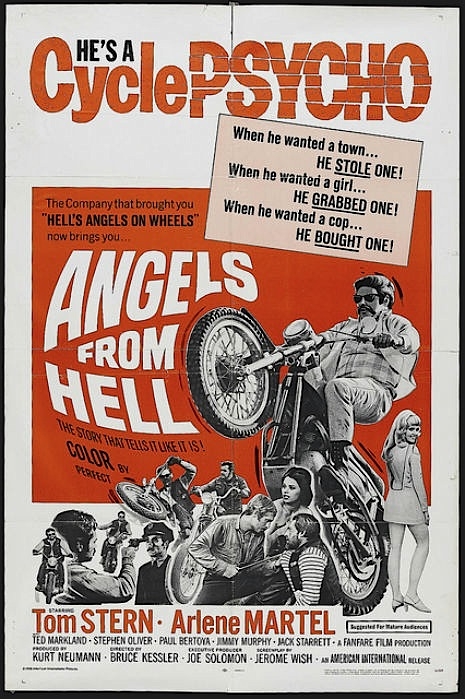

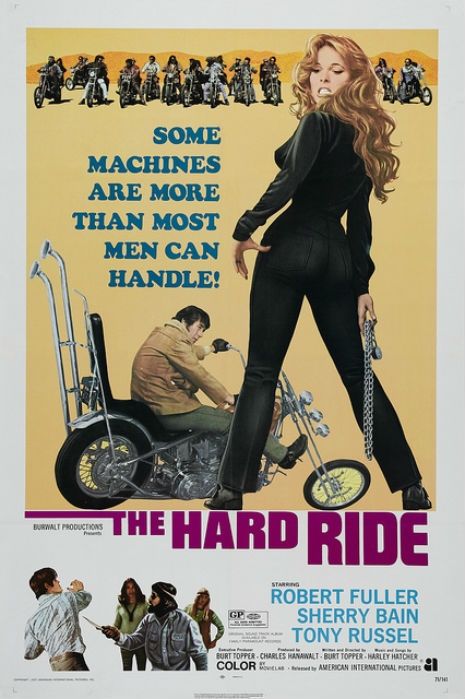
 " height="278" width="465" />
" height="278" width="465" />
